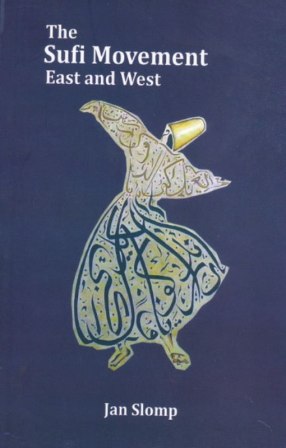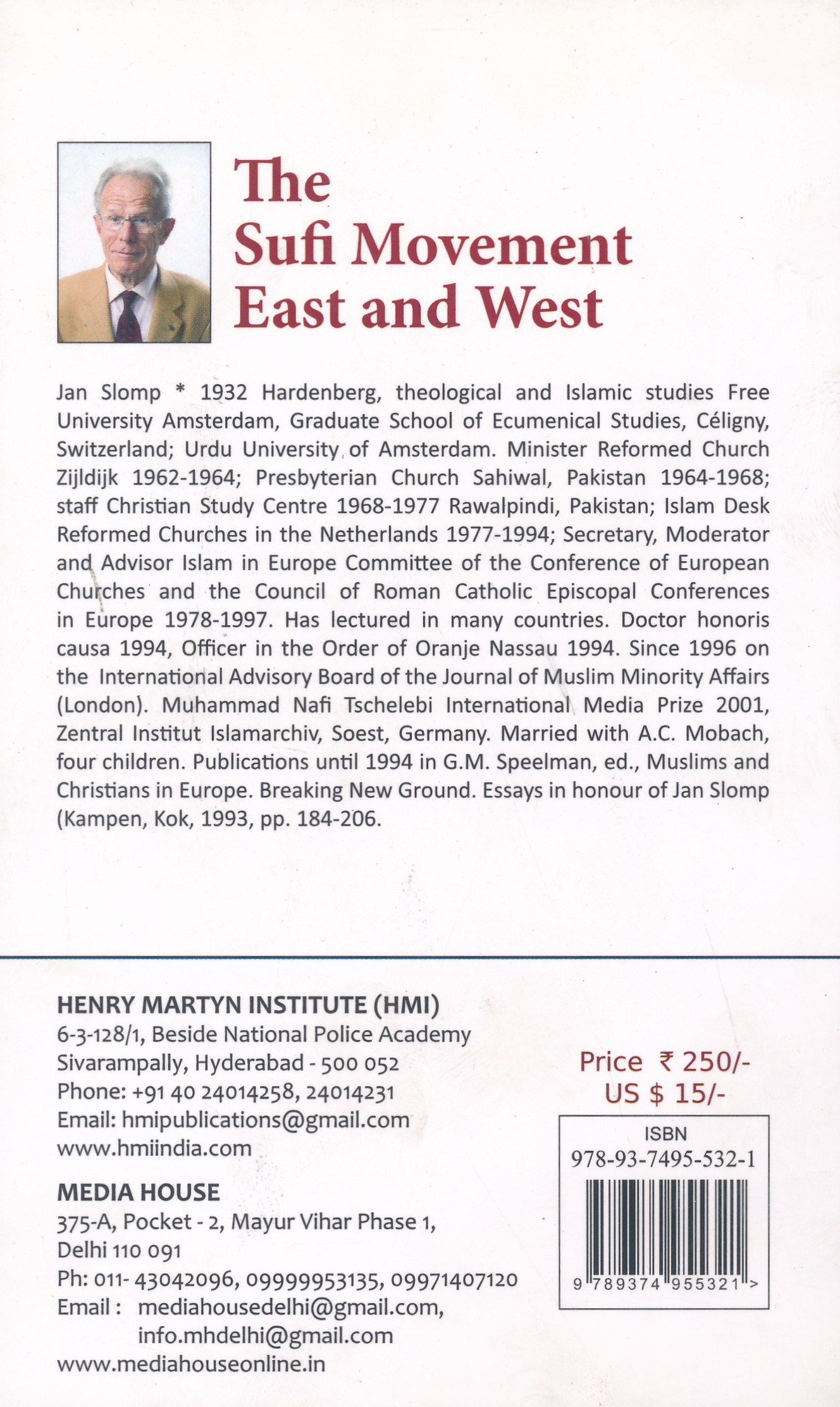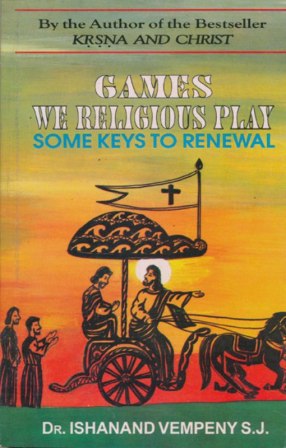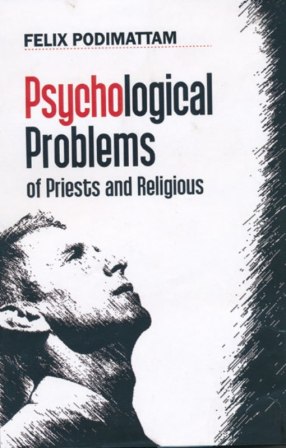Description
The Sufi Movement East and West
Jan Slomp * 1932 Hardenberg, theological and Islamic studies Free University Amsterdam, Graduate School of Ecumenical Studies, Celigny, Switzerland; Urdu University of Amsterdam. Minister Reformed Church Zijldijk 1962-1964; Presbyterian Church Sahiwal, Pakistan 1964-1968; staff Christian Study Centre 1968-1977 Rawalpindi, Pakistan; Islam Desk Reformed Churches in the Netherlands 1977-1994; Secretary, Moderator and Advisor Islam in Europe Committee of the Conference of European Churches and the Council of Roman Catholic Episcopal Conferences in Europe 1978-1997. Has lectured in many countries. Doctor honoris causa 1994, Officer in the Order of Oranje Nassau 1994. Since 1996 on the International Advisory Board of the Journal of Muslim Minority Affairs (London). Muhammad Nafi Tschelebi International Media Prize 2001, Zentral Institut Islamarchiv, Soest, Germany. Married with A.C. Mobach, four children. Publications until 1994 in G.M. Speelman, ed., Muslims and Christians in Europe. Breaking New Ground. Essays in honour of Jan Slomp (Kampen, Kok, 1993, pp. 184-206.)
Preface
Foreword
I. Centuries of interaction between India and the west
Muslim domination, the great Moghuls – Din-I Ilahi
Sikhism inside and Buddhism outside the frontiers of India
Reactions to western colonization and Christianity
Origins of eastern countermovements.
II. Unity and universality of religions.
Earlier seekers after the unity of religions.
The spanish muslim ibn al-arabi
Barhebraeus, al-ghazali, cusanus and lullus
Jalal Al-Din Rumi of Konya.
The protestant jean Bodin
Playwright Gotthold Ephraim Lessing (1729-1781).
Sir Muhammad Iqbal and the west
debate within protestant missionary outreach.
Inayat khan’s visit to Nathan Soderblom
Sadhu sundar singh and his message.
III. Muslim mysticism in india.
What is mysticism?.
When does mysticism occur in a religion?
Origins and organization of muslim mysticism.
The chishti cradle of the mysticism of inayat khan
Mysticism and music
IV. The shaping of inayat khan in india (1882-1910)
Birth and first years.
Musical growth.
Budding mystic in hyderabad..
Theological intermezzo.
Mystical exercises.
A wanderer’s life..
V. The grand tour of America, Europe and Intjia (1910-1927)
Stav in London
Marriage and marital life of Inayat khan.
Noor-Un-Nisa: more than spiritual resistance
To Russia
The first world war and the Gordon square crisis
Last years, return to India.
VI. Hazrat Inayat khan, the growth of a legend
Biography or hagiography
The myth of the message
The myth of the universal mystic
Mureed, Murshid, Hazrat
The photographs of Pir-O-Murshid Inayat Khan
Inayat khan’s mastery of languages
VII. The Sufi message of Inayat Khan.
Typology and classification of the oeuvre
(1) Music and mysticism
(2) The inner life.
(3) The unity of religious ideals
(4) The soul.
On 10 august we read, opposite a page with a radiant sun:
Summary
VIII. The Sufi movement, organization, goals and activities.
(1) Organization.
(2) Goals and guiding ideas
(3) The sufi emblem
(4) Explication
(5) International leadership and ramifications
(6) Other sufi organizations
(7) Activities
(a) The inner school
(b) The international summer school
(c) The sufi world brotherhood
(d) The universal worship.
(e) The’healing activity’
(f) The confraternity of the message.
(g) Symbology
Epilogue
Postscript by the author
Bibliography





Reviews
There are no reviews yet.